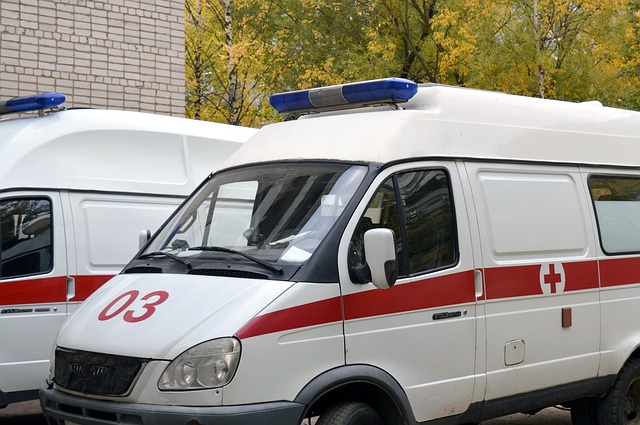EMS Training: Skills, Pathways, and Roles for Emergency Responders
Emergency Medical Services (EMS) training prepares individuals to recognize, assess, and manage urgent medical situations in the field and during transport. It combines classroom learning, hands-on clinical practice, and scenario-based simulations so responders can deliver safe patient care in time-sensitive situations. EMS training supports a range of responder roles, from basic first aid to advanced life support.

This article is for informational purposes only and should not be considered medical advice. Please consult a qualified healthcare professional for personalized guidance and treatment.
What does paramedic training cover?
Paramedic training builds on foundational EMS education to teach advanced assessment, critical decision-making, and invasive procedures. Typical coursework includes anatomy and physiology, pharmacology, cardiac monitoring, airway management, trauma care, and pediatric emergencies. Clinical rotations in hospitals and ambulance ride-alongs give hands-on experience under supervision. Programs vary in length and credentialing—from certificate and associate degree options to continuing education pathways—and emphasize protocols, documentation, and interprofessional communication essential for working alongside nurses and physicians.
What skills are needed for ambulance operations?
Ambulance operations require technical, safety, and interpersonal skills. Clinically, responders must perform rapid patient assessments, monitor vital signs, manage airways, control bleeding, and provide medication per protocols. Operationally, safe vehicle loading, proper use of stretchers and restraints, and scene safety assessment are critical. Effective documentation, radio communication, and coordination with dispatch and receiving facilities ensure continuity of care. Training also covers infection control, equipment maintenance, and stress management to maintain responder health and operational readiness in high-pressure situations.
How does EMS training prepare for emergency scenarios?
EMS training uses scenario-based learning and simulation to prepare responders for a variety of emergencies such as cardiac arrest, multi-casualty incidents, respiratory distress, and trauma. Simulations replicate the unpredictability of real calls, reinforcing triage, scene management, and quick decision-making. Training stresses prioritization of care, use of clinical algorithms, and adaptability when resources are limited. Regular drills and continuing education help keep skills current and support proficiency in rapidly changing conditions encountered during emergency responses.
How does EMS fit into the wider healthcare system?
EMS is an integral bridge between the scene of an incident and definitive care within the healthcare system. Responders coordinate with emergency departments, specialty teams, and community healthcare providers to ensure appropriate patient destination and handover. EMS contributes to public health through vaccination clinics, community paramedicine programs, and preventive outreach in some regions. Training programs emphasize legal and ethical aspects, patient privacy, and collaborative workflows so that prehospital care aligns with hospital-based treatment plans and broader healthcare objectives.
Which medical skills are taught in EMS training?
Medical skills in EMS training span basic life support to advanced interventions depending on the level of certification. Core skills include CPR, splinting, wound care, and oxygen therapy. Advanced skills for higher-level responders can include cardiac rhythm interpretation and defibrillation, intravenous access, medication administration, endotracheal intubation or supraglottic airway placement, and point-of-care glucose testing. Emphasis is placed on clinical judgment, recognizing when to escalate care, and following evidence-based protocols while working within the legal scope of practice in your area.
Conclusion
EMS training is a structured combination of theoretical knowledge, practical skills, and real-world experience designed to prepare responders for a wide spectrum of urgent medical situations. Whether pursuing basic emergency responder courses or advanced paramedic credentials, training programs aim to develop clinical competence, operational safety, and effective collaboration with the broader healthcare system. Ongoing continuing education and supervised practice remain central to maintaining proficiency and adapting to evolving standards in prehospital medical care.






